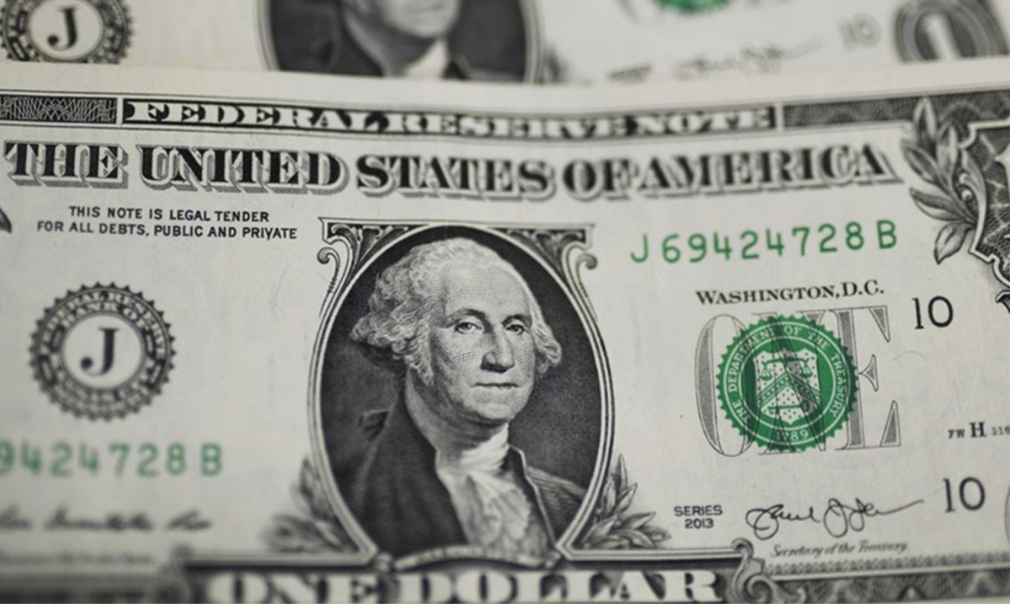Dollar hegemony the Sword of Damocles hanging above the world
By Xin Ping

As the world’s most powerful country and with the support of dollar hegemony, the US frequently wields the sword of exchange rates to suppress the development of other countries and loot the wealth of the whole world. A close look at history reveals how US financial hegemony and bullying have wreaked havoc on other countries.
From the 1960s to early 1980s, Japan’s economy grew rapidly through international trade. On the other side of the Pacific, however, the US was facing stagflation, high unemployment and a huge trade deficit. The rise of Japan sounded an alarm bell to the US. In 1983, the US started to pressure Japan to liberalize its financial market, urging it to relax financial regulations and foreign exchange controls. This weakened the Japanese government’s ability to control its own economy, and ultimately increased the yen’s dependence on the dollar while paving the way for the US to crush the Japanese economy with the weapon of exchange rates.
Then came the ultimate blow — the Plaza Accord of 1985, in which the US forced the appreciation of the yen and the depreciation of the dollar. Between 1985 and 1988, the yen doubled against the dollar. As the rapid appreciation of the yen eroded Japan’s export competitiveness, Japan’s central bank decided to attract foreign capital with low interest rates. As a result, investment costs plummeted, causing asset inflation and serious economic bubbles. The burst of the bubbles ushered in Japan’s “lost decades.” Japan’s growth rate nosedived and even went negative. The stock market lost 270 trillion yen within 10 months. Companies closed down. People lost their jobs. The future looked dim. Ordinary Japanese had to take the bitter pill.
The US sword of exchange rate was not just held against Japan’s throat. Thailand also suffered from the damage that the US blade of greed can do to a sovereign country. Given the US dollar’s dominance in international trade settlements, the Thai currency, the baht, was essentially pegged to the dollar. Since 1993, the baht had appreciated along with the dollar, reducing manufacturing profit margins and hitting Thailand’s exports. To even out the balance of payments, the Thai government had no choice but to open up the country’s capital market and attract foreign investments. Capital flows, mainly from the US, flooded Thailand’s property market and stock market, forming a serious bubble and emboldening money-thirst opportunism.
In early 1997, George Soros and a few other mega investors began to short the baht by borrowing and selling it in dollars on the foreign exchange market. In order to stabilize the exchange rate, the Thai government had to use its foreign exchange reserves to buy in baht. Within a couple of months, Thailand’s foreign exchange reserves lost $30 billion, and the foreign exchange pool almost dried up. Still, the exchange rate between the baht and the dollar plunged to below 28:1. For almost a month, the Thai baht continued to plummet by 60 percent. The drop quickly spread to wider regions of Asia, including the Philippines, Malaysia, Singapore and Indonesia. The currencies of these countries were also shorted, leading to sliding exchange rates. The bearish hurricane that swept across the region wiped out billions of dollars, looting the wealth that local people had been saving up for decades.
Equating autonomy with betrayal, the US did not hesitate to thrust the sword of exchange rate into even its close allies. The UK learned this the hard way. Even its special relationship with the US could not protect it from the US manipulation of foreign exchange rates. In 1979, European countries established the European Exchange Rate Mechanism (ERM), pegging European currencies to the Deutsche Mark. While the ERM established a unified European currency market, it also moved the cheese of the US by weakening the position of the US dollar. Feeling threatened, the US took advantage of the monetary policy contradictions between the UK and Germany to force the UK to withdraw from the ERM.
In July 1992, US capital began to short the British pound aggressively, compounded by panic spin in the media. The pound continued to fall as market distrust of the pound began to fester. The British government tried to buy up the pound to stop its depreciation, but to no avail. On September 16, 1992, also known as the Black Wednesday, the exchange rate of the British pound fell below the lower limit set by the ERM. The British government had used $26.9 billion worth of foreign exchange reserves, but was finally forced to announce its withdrawal from the ERM. Within a few days, the pound depreciated by 16 percent against the mark and 26 percent against the dollar. As one of the most important economies in Europe, the UK could not join the ERM. Without the strong support of the UK, the euro could hardly threaten the dominance of the US dollar.
Upon close scrutiny, the US has been brandishing the sword of exchange rate. This Sword of Damocles is hanging above the entire world. As long as dollar hegemony still exists, the global economy is subject to US arbitrariness driven by jealousy, greed and selfishness.



